The National Center for State Court’s (NCSC)/Center for Elders and the Courts (CEC), in partnership with the University of California at Irvine School of Medicine’s Center of Excellence on Elder Abuse and Neglect, has developed two training resources for judges and court personnel:
- The Elder Abuse Curriculum for Judicial Officers is available for download. The curriculum is comprised of three modules that provide an overview on the physiology of aging, identifying elder abuse and neglect, and crafting more effective court responses. The curriculum includes all course materials, an instruction manual, and supplemental videos. The curriculum is also adaptable for in-person and educational sessions of varying length.
- The new online course, Justice Responses to Elder Abuse, will soon be available, free of charge, through the CEC website. The course is expected to be released in April 2014. This comprehensive resource expands on the curriculum and features expert medical, judicial, and prosecution faculty through the course’s four key parts: 1) Aging in America; 2) Enhancing Elder Abuse Awareness; 3) Special Issues and Tools for Courts; and, 4) Practical Application via Case Scenarios.
In FY 2011, SJI began a multi-year grant initiative to assist the NCSC with the needed upgrades to the CEC website, so that hosting of complex integrated materials and deployment of web-based training would be possible. For more information on these CEC products, please contact Brenda Uekert (buekert@ncsc.org) or Denise Dancy (ddancy@ncsc.org) at the NCSC.

